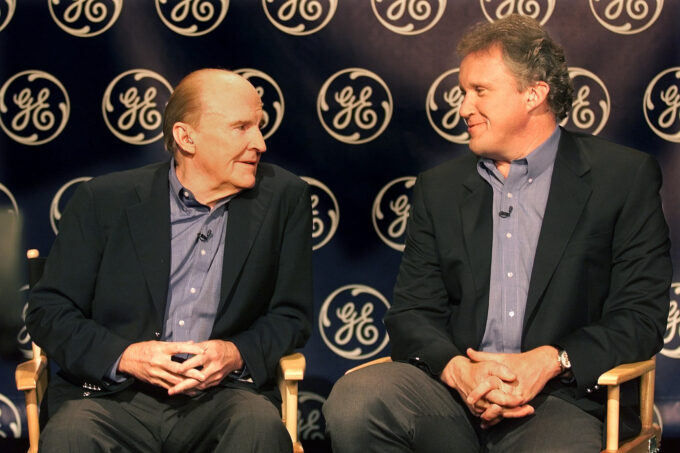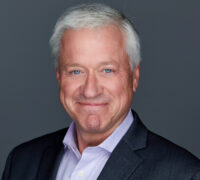Leaders like Netflix’s former chief executive Reed Hastings or New Zealand’s former prime minister Jacinda Ardern are rare. They knew when it was time to hang up their hats. Both stepped down voluntarily in January 2023.
There is certainly an element of truth to the cartoon image of an aged founder of a company in a wheelchair mounted with an oxygen cylinder. Far too many chief executives hang on long past the time when they should have retired. The same is true of politicians, with U.S. President Joe Biden being a classic example. Concerns about Biden’s age and memory have become major issues in the 2024 Presidential campaign and could even contribute to a Donald Trump victory in November.
The reasons why this can be damaging to organizations (and nations) are well known. There is a recognized degradation of cognition and vitality as you get older, certainly as you pass the age of 75, from a strategic point of view, it is not a good idea to have the same leader in place for a long time, and it can be demotivating for potential successors to have a chief executive who hangs on forever.
Some organizations get around this with the equivalent of term limits. This does force a reckoning and provides a framework within which a retirement transition happens.
Antoine de Saint-Affrique, chief executive of French food products corporation Danone, told IMD President Jean-François Manzoni last year that when he became CEO of Barry Callebaut he informed the board he would stay in the position for a maximum of seven years. This was to avoid becoming stale and to create room for budding talents to emerge and thrive within the organization.







